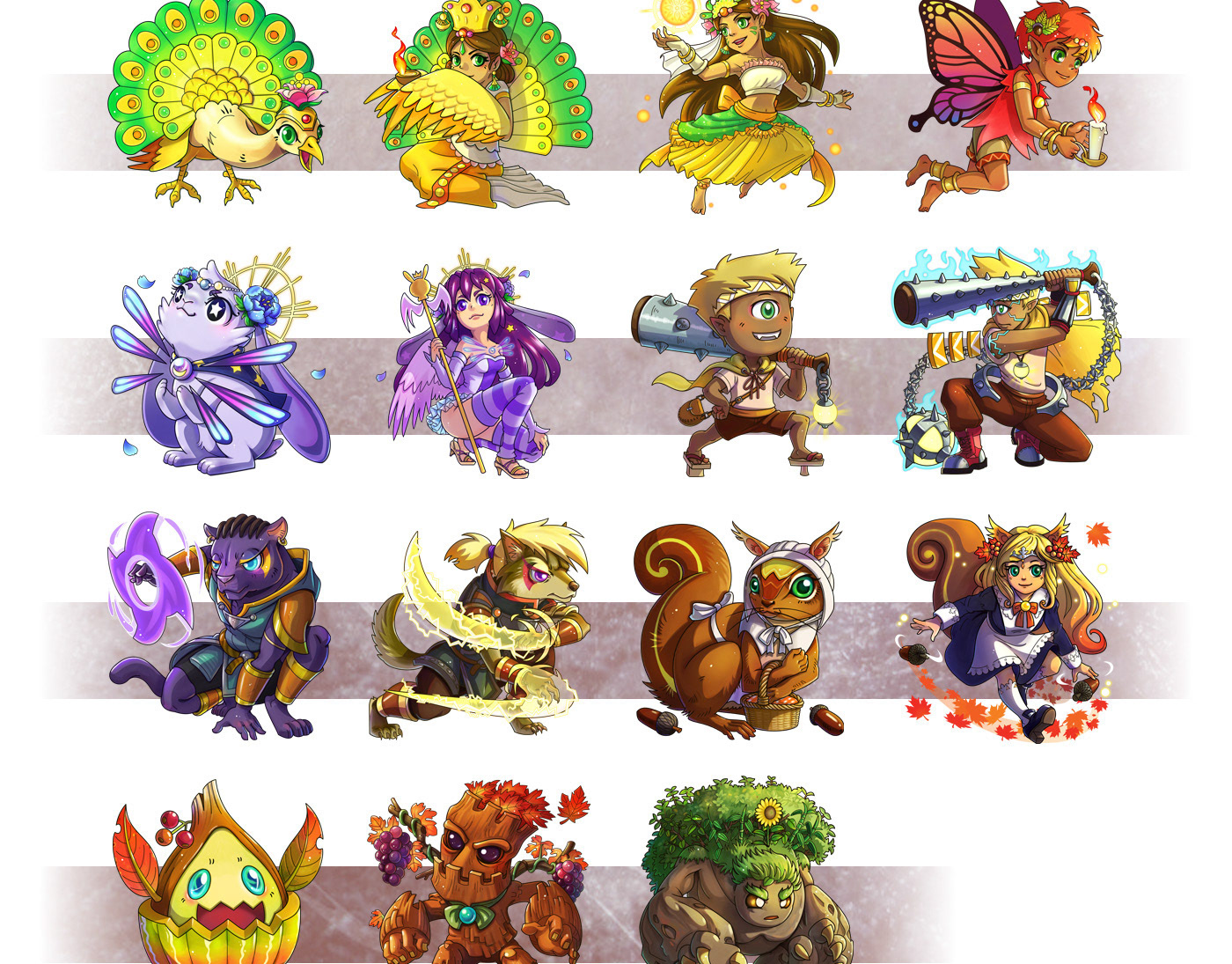Photo by Matthew Sia
Rabbit animation for 'White Rabbits, Let's Play!' Interactive exhibit
The first thing that comes to my mind when I think about this project is that I was very lucky. I live with two rabbits, and like sketching them from observation and animating them in my spare time.
I was introduced to Emily (IG: @kwaemily) and Matthew (IG: @siayk), a graphic designer + installation artist power couple, by Nani (IG: @nanimonda), a talented animator. The project involved projection and interaction through sound. Rabbits who had secretly escaped their candy wrappers were to explore the object-strewn table and jump back into the wrapper when there was a sound near by.
From the beginning, the project seemed like a very good match with my skill set. Besides enjoying the company of rabbits, I have worked in an indie game company, PD Design studio, where I learned to animate using Adobe Flash (Animator) and Adobe After Effects. Game character animation is an action or series of short looped animations that seamlessly connect with other actions whenever they are triggered, so I was familiar with the concept of animating for interaction.
After I was briefed about the project, I got to work right away.
The first challenge I faced was separating fiction from reality. I was hesitant to create the animation of rabbits eating biscuits (which real rabbits shouldn't do) or swimming (rabbits shouldn't be bathed or made to swim because it's a health risk to them). However, I quickly realised that what I'm creating here is not an image of real rabbits but fictional characters that had stepped out of the white rabbit candy wrapper.
A hungry rabbit munching greedily on a biscuit left behind on the table.
This bunny decided to have a dip in a glass of milk.
The other challenge I did not anticipate was a technical constraint. In this installation, any sound was to trigger the response of all rabbits at once, swapping a looping video with a response video. This meant that I could not animate in the same way I animated the individually programmed game characters. A rabbit travelling between A and B will seem to have suddenly changed position when the response animation is triggered.
One solution to this problem was to animate the rabbits engaged in activities while staying in one spot.
A rabbit intently looking at cute rabbit drawing on a post-it note.
Two rabbits head-banging between a pair of earphones left on the table. Who knows what music is playing...
Another solution was to pair up the rabbits, so that while one rabbit is moving from A to B, the other rabbit is moving from B to A. The response animation will play at both A and B, so by having two rabbits, I created the illusion that they've responded to the sound on the spot.
A book left open on the table page-down quickly becomes an exciting slide for a pair of energetic rabbits.
! what? Did I hear someone?
My work-flow involved multiple applications. I worked on my iPad using FlipaClip to plan the animation, then I exported the animation as PNG sequence. After that, I imported all the frames into Adobe Photoshop to trace the line with a textured brush, and gave each rabbit an off-white fill. I imported the PSD files into Adobe After Effects to edit the animation and create the table-top composition. Looking back, I think I could have streamlined the process better. I will keep this experience in mind if/when the next opportunity arises.
The animation for the rabbits returning to their candies was relatively simple. Since it is a very fast movement, the rabbits will stretch and zoom from the looping/response position to the candy.
The whole video plays out like this:
The installation was exhibited at deTour 2018 (IG: @detourhk) in Hong Kong. I was not able to see the exhibit in person, but I was shown many videos of people clapping, tapping and shouting at the table to induce the reaction of the rabbits. It's great to see the smiles and giggles of people in response to their interaction with the exhibit!
Here are some photos of the installation and its visitors!
Photo by Matthew Sia
Photo by Matthew Sia
Photo by Matthew Sia
Photo by Matthew Sia
Photo by Matthew Sia
Photo by Matthew Sia
Video by Matthew Sia
I am happy I was able to collaborate with Matthew on this project. I would love to work on similar projects again!









